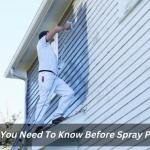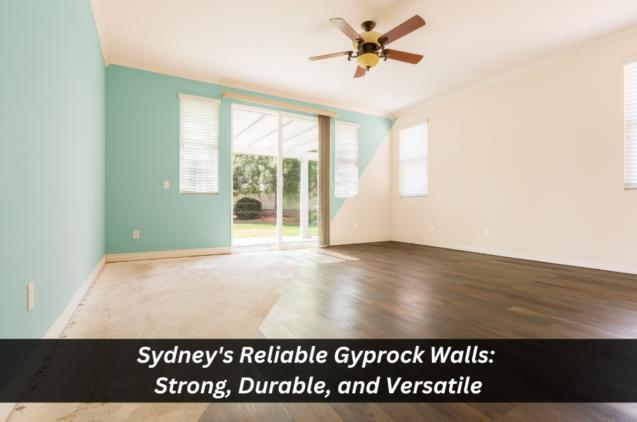
Things You Need To Know Before Spray Painting
But like everything else, there are some things you need to know before you try to do it yourself. If you want to learn how to apply the paint and its different finishes on surfaces, read this article carefully.
There are many ways to apply a finish: brush, roller, sprayer, foam, etc. Each method has its own unique set of advantages and disadvantages. Choosing which way to apply coatings is largely determined by cost, convenience, skill level, and desired results.
It is ideal for large projects because it allows you to quickly cover large areas without having to worry about the details. However, if you're looking to create something small like a kitchen backsplash or bathroom faucet handles this isn't necessarily a great choice. It requires precision and attention to detail in order to avoid ruining the project.
Many people have a fear of getting their hands dirty or getting hurt when working with spray paints. While we always recommend being safe and following all safety guidelines, there really is nothing to fear about spray painting. A little bit goes a long way. And remember that the more you practice, the better you'll become at spraying paint!
The Spray Paint Starter kit
- Paint Sprayer (preferably adjustable)
- 2-3 cans of primer/paint/colour of your choosing
- Sturdy workbench or table
- Work gloves
- Masking tape
- Cutting tools, such as utility knives, box cutters, jigsaws, etc.
- Cleaning brushes
- Safety goggles
- Spray bottle with water
Airless guns typically produce lower-quality finishes than those produced using oil-based sprays. The main advantage of an airless system is that any type of paint can be used, including latex and silicone-based products. Because they don't require solvents, they produce virtually no fumes.
But they also dry very slowly compared to oil-based systems, so they can take longer to completely dry after application. In addition, they may leave deposits over time, requiring cleaning. In general, this makes them unsuitable for interior applications.
The next thing you need to know before starting spray painting is what kind of surfaces you want to paint. This includes metal, wood, plastic, glass, concrete, fibreglass, porcelain tile, masonry, brick, stucco, plaster, linoleum, cork, leather, vinyl, wallpaper, plastic, and fibreglass.
Most spray paints are available in four basic categories: enamel, acrylic, alkyd, and epoxy. An enamel finish is durable but requires multiple coats. It is best suited for exterior surfaces.
Acrylics are quick drying but have a short life span. Alkyds give off fewer fumes than other materials but are slow drying and must be applied in two or three layers.
Epoxies are fast drying, long-lasting, and resistant to most chemicals but have a high cost. Most painters recommend that you use either two coats of enamel or one coat of latex-based paint followed by a polyurethane clear coat.
Painting Services
If you're not the DIY type but have plenty of free time on your hands, consider hiring an expert to paint the exterior house and also the interior and help you complete your next big painting project.
Professional painters or house painters are experts in handling all kinds of high quality paints, primers, sealants, stains and protective finishes and know how to properly complete the job. They also understand what products work best together, they use advanced equipment and techniques and they provide proper training.
It might seem daunting to hire someone who knows so much more than you, but it really won’t be as hard as you think to ask them questions. Just make sure to follow their advice carefully and pay close attention to each step along the way. Also, take note of the hours of service provided as some companies charge extra for late nights and holidays.
Home painting can be done in a number of ways. One popular technique uses high-quality brushes and rollers, while another involves using compressed air guns to blow coats onto walls. The latter option is faster, but it’s less controllable than the roller application and leaves marks that aren’t as smooth.
An electric paint sprayer works well too — it eliminates messes and keeps the dust down. When setting up the machine, choose one with a variable flow rate control so you can easily adjust the amount of paint going to the nozzle.
In general, spray painters wear ear protection, goggles, and protective clothing. In addition, they often wear respirators during applications near open flames or sources of ignition.
House Painting
Doing a paint job or planning your living room and bedroom house paint interior needs may require researching multiple ideas online before making a final decision. This is especially true if you want to replace existing colours or perhaps add a new colour scheme to the space. Choosing the right shade of paint is important considering how it could impact the overall look of your home's interiors.
You may want a colour consultation if you really want to do it the right way. If you’re unsure of this, hiring a painter to paint your storey house is highly recommended.



